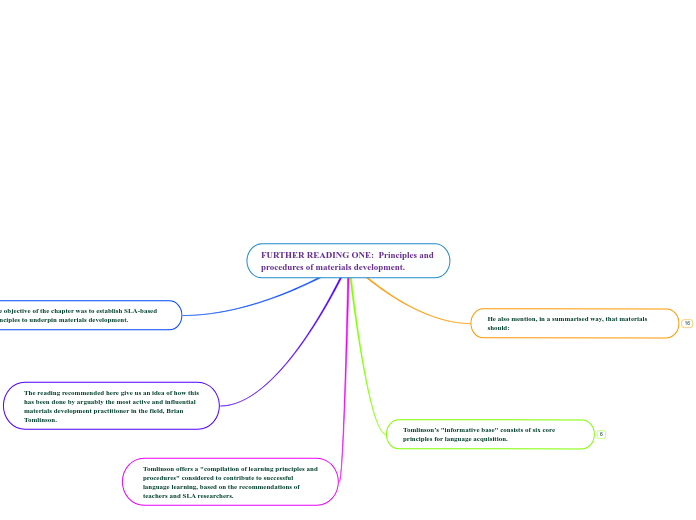realizată de Dana Salinas 4 ani în urmă
367
M1-Reading Task 4: Mind Map using Mindomo_DSO

realizată de Dana Salinas 4 ani în urmă
367

Mai multe ca acesta